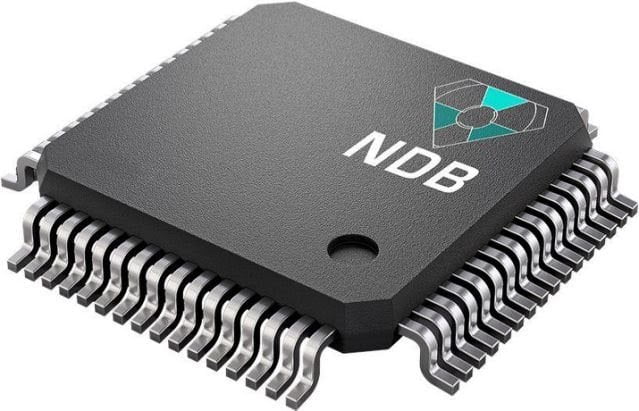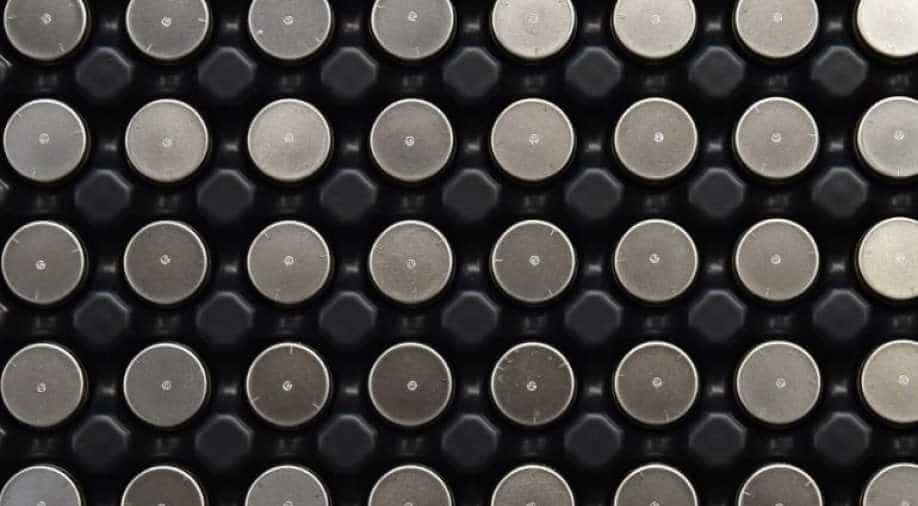An American startup, the NDB, combined radioactive isotopes of nuclear waste with ultra-thin layers of nanodiamonds to assemble a battery which can last 28.000 years.
The startup's radioactive waste device, whose acronym NDB stands for “Nano Diamond Battery,” is a “high-power battery made from alpha, beta and neutron diamonds.”

Diamond batteries are forever
The energy, as mentioned, comes from radioactive waste. To be precise, from waste graphite already used in graphite-cooled nuclear reactors.
Radioactive graphite it is enclosed in layers of nano-thin monocrystalline diamond, which act as both a semiconductor and a heat sink.
Diamond is the hardest material known to man. It also has the highest energy conductivity, meaning it quickly transfers heat from graphite radioactive waste. The diamond layers not only collect charge, but also prevent radiation leakage.
Since carbon-14 isotopes have half-lives of the order of thousands of years and diamonds are practically indestructible, you draw your own conclusions.
The radioactive waste battery lasts forever: but would you put it in a phone?
“This battery has two different merits,” says the CEO and co-founder of NDB Nima Golsharifi. “The first is that it uses radioactive waste and converts it into something useful. And the second is that it runs for a much longer time than current batteries. “
How long? Much.
The product should be available in two versions. The “eternal” version is expected to last 28.000 years before running out. A truly hard-core version, designed for niche applications, such as space missions aboard probe vehicles and satellites. Spacecraft that could be sent to other star systems for centuries-long journeys and still have enough power to transmit messages.
There is also one consumer version, designed to power electric vehicles, smartphones and other small devices. Because the graphite would be wrapped in multiple synthetic diamond coatings, the company says, there would be no radiation leakage from the phone. NDB states that radiation levels emitted by the cells will be lower than those emitted by the human body.
The charge is collected, stored and instantly distributed by a supercapacitor. Radioactive waste battery cells can be built to conform to any shape or standard, including AA, AAA, 18650, 2170, or all kinds of custom sizes.
Imagine a world where you don't have to recharge a smartphone battery all day. Either for a week, or for a month… or for decades. This is what we are able to do with this technology.
Neel Naicker, NDB
It's a proof of concept, but...
The sustainability of a project like this will have to be confirmed, but as far as I'm concerned it would be interesting to see who would buy a product aware that the battery contains radioactive waste.
For now, NDB has only completed a proof of concept. The company was about to release a commercial prototype, but then Covid-19 hit.
Either way, the company plans to release a low-power commercial version of its battery nuclear to radioactive diamond in less than two years. For the high power version? Another three years.


